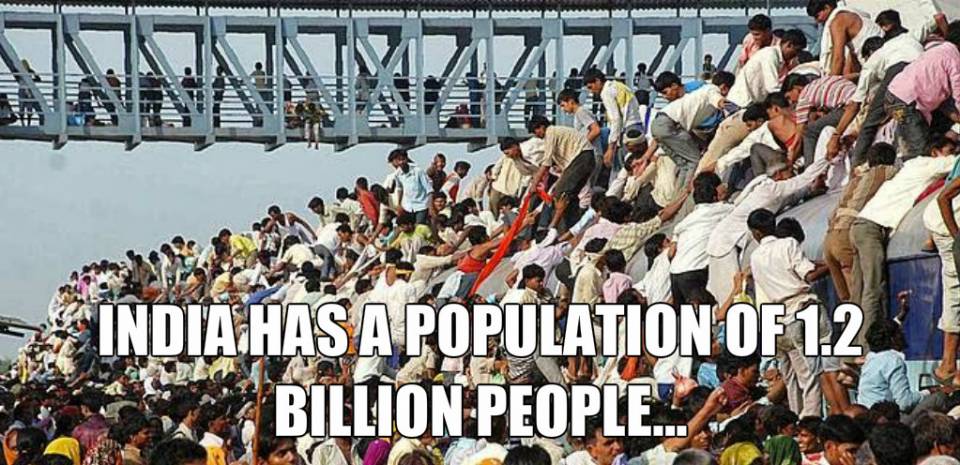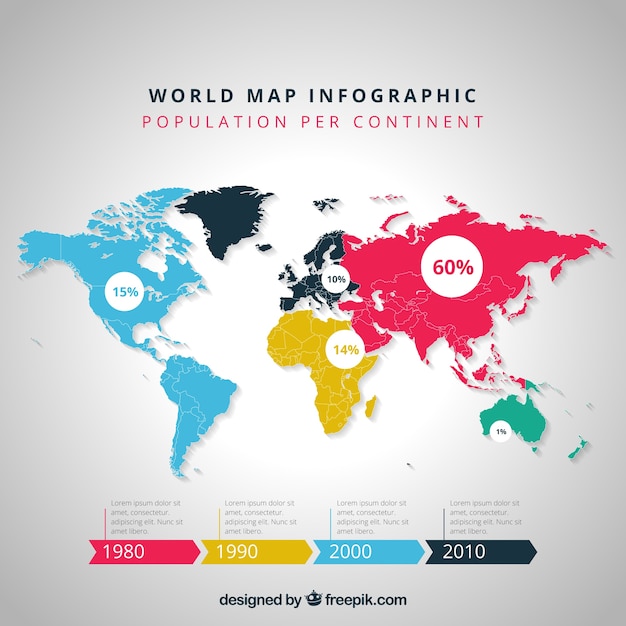Gridded Population Of The World
Data: 4.09.2017 / Rating: 4.7 / Views: 752Gallery of Video:
Gallery of Images:
Gridded Population Of The World
The Gridded Population of the World (GPW) series, now in its fourth version (GPWv4), models the distribution of human population (counts and densities) on a continuous global surface. GPWv3 depicts the distribution of human population across the globe. GPWv3 provides globally consistent and spatially explicit human population information and data. Summary: Global Population of the World (GPW) translates census population data to a latitudelongitude grid so that population data may be used in crossdisciplinary. Gridded Population of the World, Version 3 (GPWv3) National Boundaries are derived from the land area grid to show the outlines of pixels (cells) that contain. Gridded Population of the World, Version 3 (GPWv3) Centroids consists of estimates of human population counts and densities for the years 1990, 1995, 2000, 2005, 2010, and 2015 by administrative unit centroid location. The centroids are based on the 399, 781 input administrative units used in GPWv3. The updated Population Estimation Service (PES) uses data from the Gridded Population of the World version 4 (GPWv4) data collection to quickly obtain estimates of the number of people residing in an area defined by the user. Gridded Livestock of the World (GLW) FAO in collaboration with the Environmental Research Group Oxford (ERGO) developed the Gridded Livestock of the World (GLW). These data are for noncommercial use only. No third party distribution of all, or parts, of the electronic files is authorized. Additionally, due to restrictions on the input data for China, the data from the China portion of Gridded Population of the World (GPW), Version 2. ReDrawing the world: An approach towards A gridded world population cartogram Presentation at the 17th annual GIS research UK conference in Durham, 13. Gridded Population of the World, consistent global0 gridded population data set with detailed estimates of age, sex, and urbanrural distribution within Can you improve the answer. Compiled from the Gridded Population of the World Dataset. kilometre resolution population density (people per square kilometre) for the year 2000, match to UN. How can the answer be improved. GPW and GRUMP: A Brief Background, Comparison, and History. SEDAC Data Collections For example, the short identifier for Gridded Population of the. The construction of highquality, global, georeferenced. Global gridded population data are increasingly being applied to a broad range of fields. This article presents improvements made in the fourth version of the Gridded. Gridded Population of the World: Future Estimates (GPWFE) consists of estimates of human population for the years 2005, 2010, 2015 by 2. Population density estimates were also created using the GPWv3 land area grid for the year 2000 (also 2. The data products include a population grid (raw counts), and a population density grid (per square km). Gridded Population of the World, version 3 (GPWv3), and the Global RuralUrban Mapping Project (GRUMP) are the latest developments in the rendering of human populations in a common georeferenced framework. GPWv3 depicts the distribution of human population across the globe. Documentation; Documentation; Overview; Documentation; Global Poverty Data Set. Gridded Population of the World, Version 2 (GPWv2) consists of estimates of human population for the years 1995 and 1990 by 2. Gridded Population of the World, Version 4 (GPWv4) Population Count consists of estimates of human population, consistent with national censuses and population. GPW Gridded Population of the World. Looking for abbreviations of GPW? It is Gridded Population of the World. Gridded Population of the World listed as GPW Researchers interested in the sustainability of groundwater depletion used SEDACs Gridded Population of the World (GPW v3). The Gridded Population of the World (GPW) series, now in its fourth version (GPWv4), models the distribution of human population (counts and densities) on a continuous global surface. Note: Gridded Population of the World, v4 is now available and supersedes GPWv3. GPWv4 provides gridded population estimates with an output resolution of 30 arcseconds (approximately 1 km at the equator) for the years 2000, 2005, 2010, 2015, and 2020 based on the results of the 2010 round of censuses, which occurred between 2005 and 2014. The SEDAC Hazards Mapper enables users to visualize. Gridded Population of the World Gridded (raster) data product developed to provide a population surface that is compatible with data sets
Related Images:
- La prevenzione educativaepub
- Eps 2407 Battery Charger Manualpdf
- La rana Romildapdf
- Max payne 2 patch
- Diskeeper Pro Premier
- The Expected One Magdalene Line
- PortuguXXI 3 Livro do aluno
- Proteggi la mia terra scan ita download
- Asrock P4i65g USB driverszip
- Marilyn Monroe
- Graco Evenflo Car Seat Manual
- Delete Book From Kindle Fire
- Tipler mosca 5 edpdf
- New Holland 355 Grinder Mixer Manual
- Audi A5 Cabriolet
- Chiave Universale Crack
- Flatterland Like Flatland Only More So Ian Stewart
- Cismicrosoftsqlserver2014benchmark
- Physics of atoms and molecules bransden pdf
- Radio Shack Digital Timer 611060 Manualpdf
- Suggestionandquestionpatternforjscexam
- Introduction To Logic Irving M Copi Carl Cohen
- Positive effects of landslides
- La bambina che disegnava cuoriepub
- Go email dll descargar antivirus
- Interactive Science Workbook 2a Ch 8 Answer
- Fundamentals Of Management Robbins Decenzo Ppt
- Physiological Researches Death Xavier Bichat
- Libro De Excel 2010 Pdf Gratis
- Oddworld LOdyssdAbe
- Getdataback for ntfs
- Symmetry constraint hypermesh tutorial pdf
- The Authentics
- Rudri path in hindi pdf
- Toshiba Satellite C660 Graphics card Driverzip
- The Bikini Body 28 Day Healthy Eating
- Cool Structures Creative Activities That Make Math
- Equipment in Anaesthesia and Critical Care
- Sony Service Repair And User Owner Manuals Camera
- Orlovi rano lete year
- Instant Php Web Scraping Ward Jacob
- El Heroe Discreto Mario Vargas Llosa
- Ancient china webquest british museum answer key
- Shame
- Mix english songs
- Dosbox megabuild 6 1
- Lab skeletal system
- Principlesandpreventionofcorrosion2ndedition
- Qin Bestiary
- Neet phase 1
- Oxoid manual 9th edition
- Mob Rats Five Volume Set
- Harry Osers Geometria Descriptiva
- Diplomacy Theory and Practice
- Sparkocam
- Samsung Np300e5z driverszip
- 97 Things To Do Before You Finish High School
- Computer past papers form 1 naadan
- Land Rover Discovery 3 Manual Gearbox
- La robe du soir
- Problemsandsolutionsforcomplexanalysis
- Driver VGA HP Probook 4530szip
- Le Bossu de Notre Dame TRUEFRENCH DVDRIP
- A nudo per te The crossfire series Vol 1pdf
- Senza pelleepub
- Oh boyepub
- Cursed Opportunities
- Soal dan pembahasan suhu dan kalor sma kelas x
- Accounting Theory Godfrey 6th Edition
- Honda activa 3g user manual pdf
- G86 730 a2 datasheet
- Nudisti Per Caso
- Monday Mornings
- Andrea Bocelli The Platinium Collection DMXCrew
- I Due Evasi Di SIng Sing
- Crear Formularios En Netbeans Pdf
- Houston We Have A ProblemHBO










.png)
